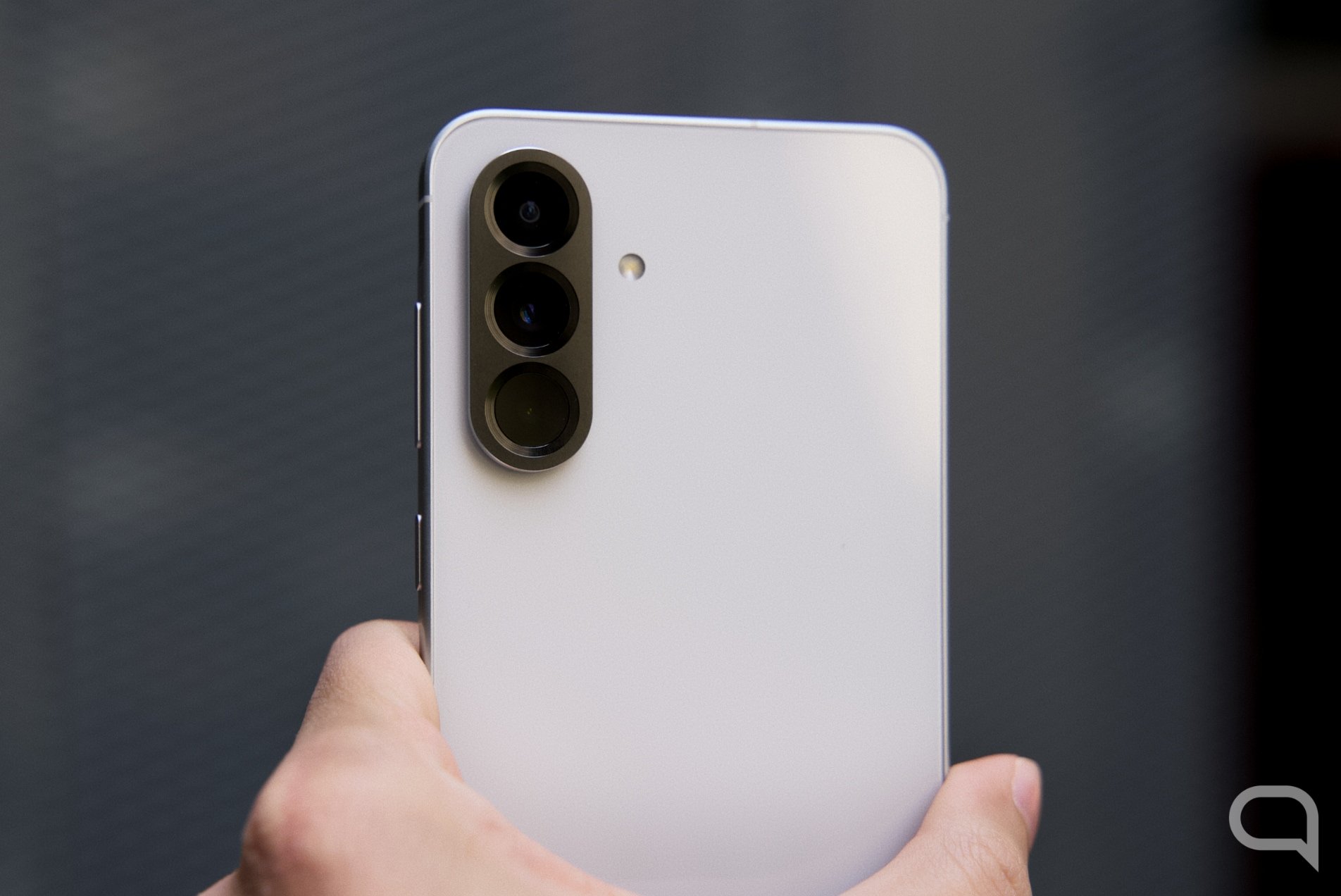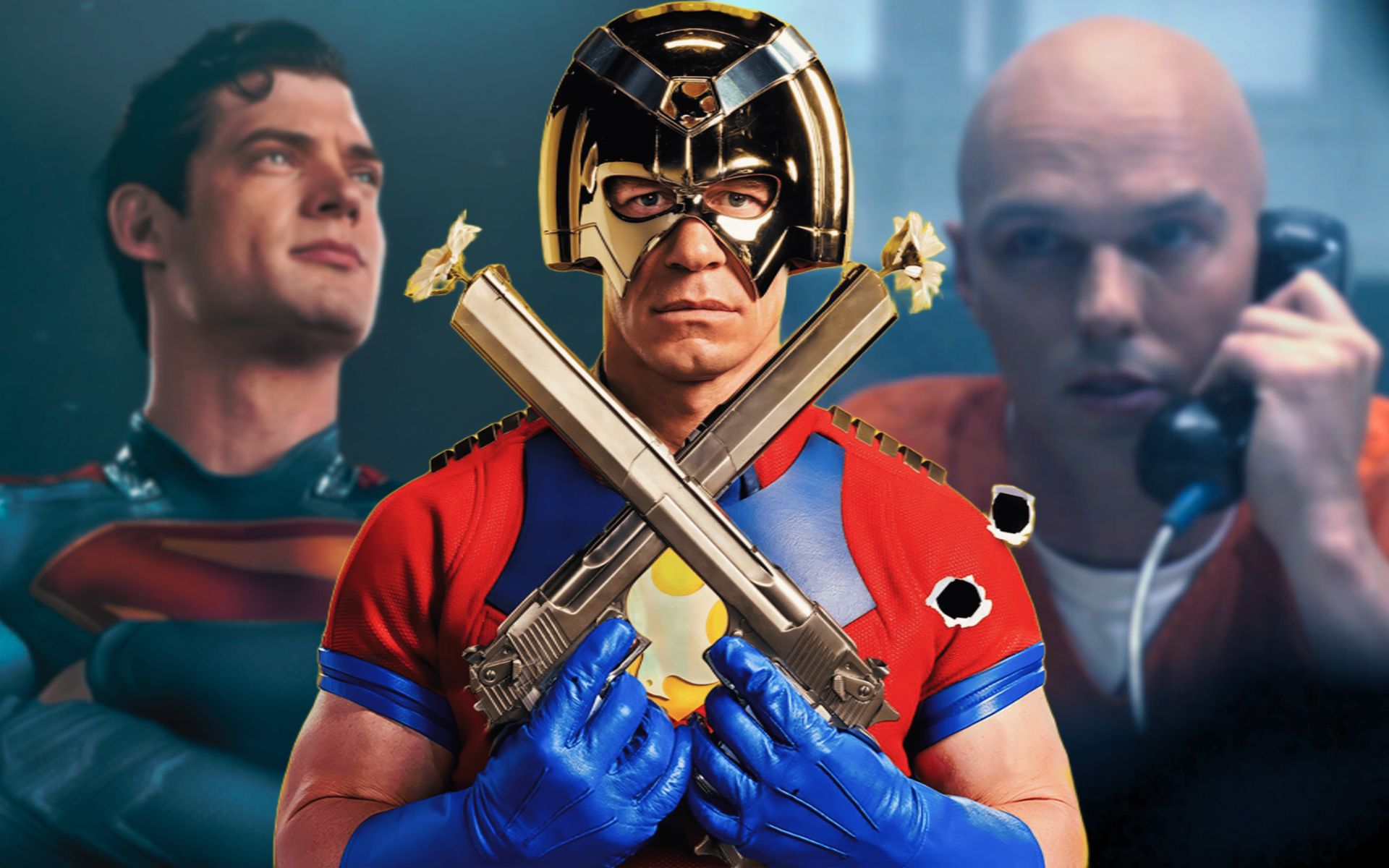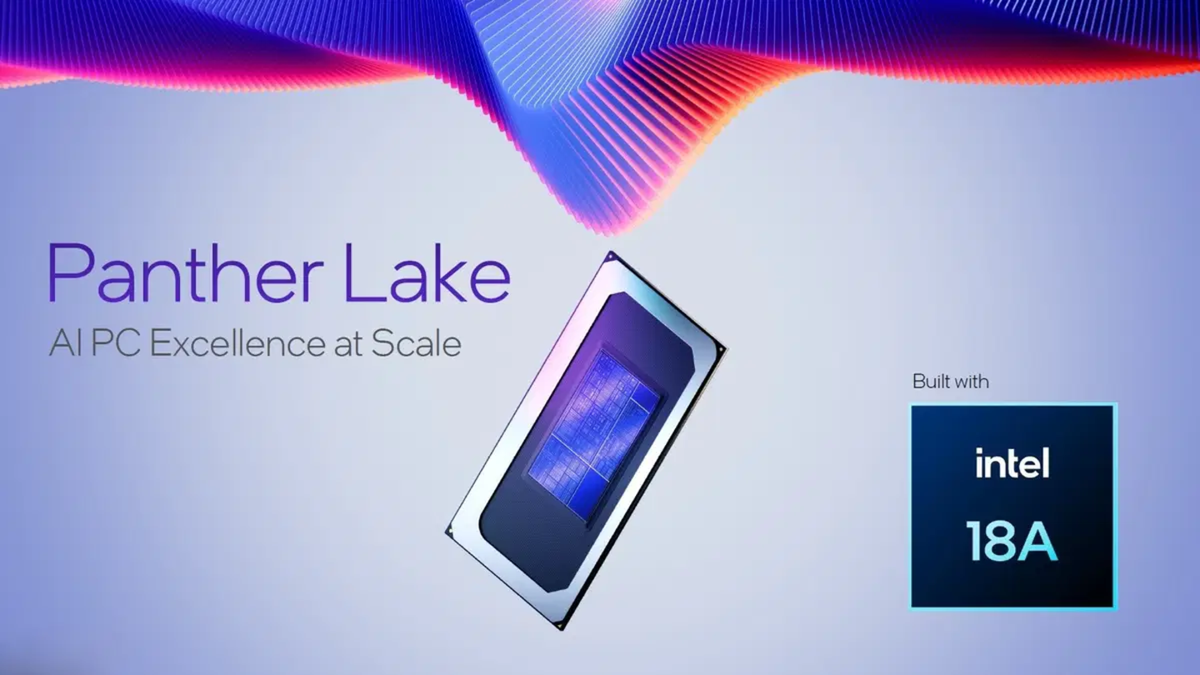The first non-American astronaut to walk on the moon will be Japanese.NASA announced in the last few hours. The United States and Japan have signed an Artemis Program Cooperation Agreement through which they will strive to make important advances in this new example of lunar exploration.
As confirmed by the US space agency, the agreement provides that Japan will design, develop and operate Mars rover under pressure allow lunar exploration with both manned and unmanned missions. In exchange, the Japan Aerospace Exploration Agency (JAXA) will be able to fly two of its astronauts to the lunar surface.
It is currently not confirmed which Artemis mission the first Japanese astronaut will go on. It was also not mentioned whether a candidate had already been selected for the position. It became clear that the purpose of this agreement was to ensure that the first foreigner to walk on the moon would be from Japan.
This commitment was ratified in a joint statement issued Joe BidenUS President and Fumio Kishida, Prime Minister of Japan. “Leaders announced a common goal: a Japanese citizen to become the first non-U.S. astronaut to reach the Moon on the future Artemis mission, provided that milestones are met,” they said.
NASA already announced last December that it plans to send foreign astronauts on its missions to the Moon. But be careful, this does not mean that everyone will set foot on our natural satellite, since in some cases they will only reach the space station. Gateway, the construction of which has not yet begun. The European Space Agency (ESA) has reserved three slots for future Artemis missions and intends for at least one of its astronauts to reach the lunar surface. However, this has not yet been confirmed.
Japanese astronaut becomes first non-American to walk on the moon
As NASA and JAXA race to have a Japanese astronaut become the first non-American to walk on the moon, they will have competition. China has already announced its plan to send its own crew to the lunar surface by 2030. So it will be a new race to see who gets the credit.
The Artemis program has been repeatedly delayed, and its cost is still a matter of debate in the United States. Mission Artemis IIThe Orion spacecraft, carrying four astronauts to orbit the moon, was scheduled to launch this year but has been delayed until 2025. Artemis IIIwhich will mark the return to the lunar surface after more than 50 years, is scheduled for 2026. Although NASA has already warned that it could only take place in early 2027.
The crews of Artemis III and subsequent ones have not been confirmed, so it is not yet possible to know which of them will travel on the first Japanese astronaut to set foot on the Moon. If China’s plan fails, the United States should include it in one of the three manned missions it plans to undertake before the end of this decade.
However, it is worth saying that there are still a few pieces missing to complete this puzzle. Artemis III and Artemis IV (2028) will use lunar landers developed by SpaceX based on Starship. Bye Artemis V (2029) will use the Blue Origin version. Both vehicles must still be certified to carry out manned lunar landings. And to this it is added that Axiom of Spacein collaboration with Prada, the Artemis III spacesuits were completed on time.
Sending a Japanese astronaut to the Moon is obviously more difficult than it might seem at first glance.
New pressurized Mars rover “Artemis”

In addition to the goal of making a Japanese astronaut the first non-American to set foot on the moon, the agreement between the United States and Japan includes the development Mars rover under pressure from the Asian side. This is not a minor project, as it could radically change manned and unmanned exploration.
It’s worth clarifying that this is a different project from the autonomous lunar vehicle that was announced a few days ago. This proposal aims to develop an “open” Mars rover; that is, without a pressurized cabin. This means that astronauts will have to be outfitted with exploration suits to explore the spacecraft in order to use it. A concept similar to that already used with the lunar buggy of the Apollo missions, but much more technologically advanced.
The Japanese project is aimed at creating a ship with a pressurized cabin, allowing astronauts to travel, live and work in it without wearing special spacesuits. A sort of “moon bus”, if you like.. Japan has been working on this initiative for several years as part of an alliance between JAXA, Toyota and Mitsubishi Heavy Industries. The Asians’ original idea was to launch it in 2029, but it was not completed until 2031.
The vehicle, which will be at the disposal of NASA, will be able to work on the moon for 10 years. It will accommodate two astronauts under normal conditions and up to four in an emergency. Equipped with solar panels, a variety of instruments and amenities, it will be able to host missions lasting up to 30 days.
Source: Hiper Textual













